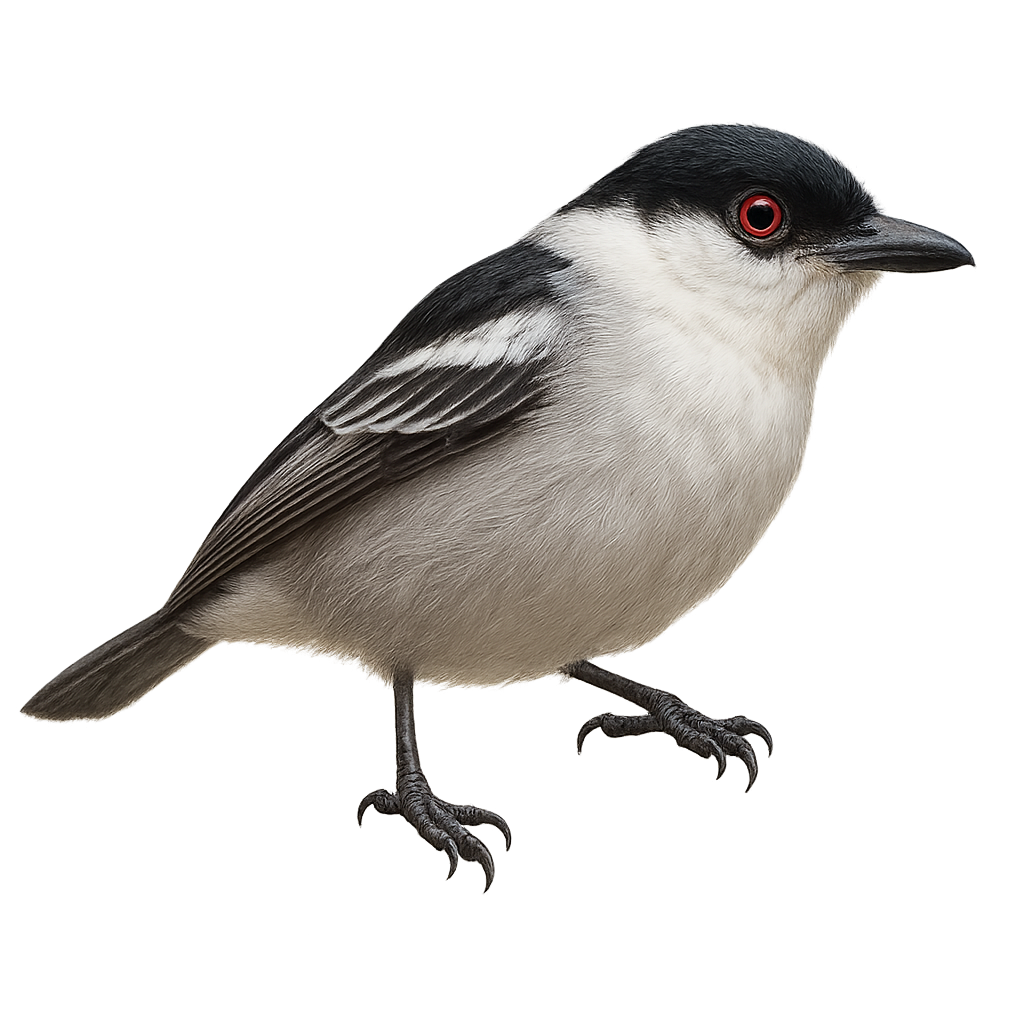Your wildlife photography guide.
Explore the black-backed puffback in detail, study its behavior, prepare your shots.
Where to observe and photograph the black-backed puffback in the wild
Learn where and when to spot the black-backed puffback in the wild, how to identify the species based on distinctive features, and what natural environments it inhabits. The WildlifePhotographer app offers tailored photography tips that reflect the black-backed puffback’s behavior, helping you capture better wildlife images. Explore the full species profile for key information including description, habitat, active periods, and approach techniques.
Black-backed Puffback
Scientific name: Dryoscopus cubla

IUCN Status: Least Concern
Family: MALACONOTIDAE
Group: Birds
Sensitivity to human approach: Suspicious
Minimum approach distance: 10 m
Courtship display: October to November
Incubation: 14-16 jours
Hatchings: October to December
Habitat:
Forests, savannas, wooded areas
Activity period :
Primarily active during the day, with peak activity in the morning and late afternoon.
Identification and description:
The Black-backed Puffback, or Dryoscopus cubla, is a medium-sized bird belonging to the Malaconotidae family. It is primarily found in wooded areas and savannas of sub-Saharan Africa. This bird is distinguished by its black and white plumage, with a black back and white belly, hence its name. Males and females show slight sexual dimorphism, with males having brighter colors. Known for its melodious and varied song, it is often heard before being seen. The Black-backed Puffback is a territorial bird, usually living in pairs or small family groups. It primarily feeds on insects but can also consume fruits and seeds.
Recommended lens:
400 mm – adjust based on distance, desired framing (portrait or habitat), and approach conditions.
Photography tips:
To photograph the Black-backed Puffback, it is advisable to use a telephoto lens of at least 400mm to capture detailed images without disturbing the bird. Look for it in forests and savannas, where it is often perched on exposed branches. Be patient and discreet, as this bird can be suspicious. Take advantage of the early morning or late afternoon hours for the best natural light. Listen for its distinctive song to locate its position before seeing it.
The WildlifePhotographer App is coming soon!
Be the first to explore the best nature spots, track rutting seasons, log your observations, and observe more wildlife.
Already 1 439 wildlife lovers subscribed worldwide

